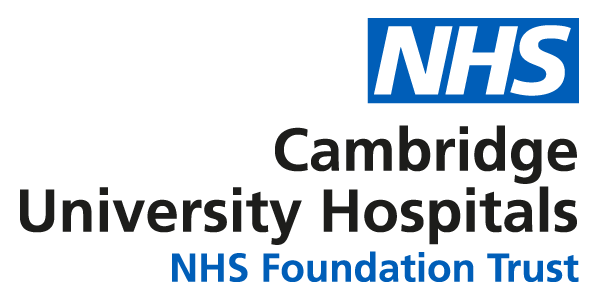Glaucoma is the most frequent cause of irreversible blindness but up to 40 per cent of patients could be missing out on crucial social support, warn Cambridge experts who hope their free technology will be embraced by clinicians nationally.
It means patients with blindness are potentially not being registered for an official ‘certificate of visual impairment’, which is key to them accessing the correct levels of social care and medical management.
The concerns are voiced in a second stage research paper published today in the international peer-reviewed medical journal, British Journal of Ophthalmology.
One of the main reasons patients are missed, it explains, is because current guidance is ambiguous and subjective. Determining if patients have mild, moderate, or severe disease is difficult and evaluating visual fields using formalised criteria is too time consuming for busy ophthalmologists.
However, last year a team at Cambridge Eye Research Centre at Addenbrooke’s Hospital developed a high-tech tool that could change the way glaucoma patients are treated.

The Glaucoma Field Defect Classifier (GFDC) is freely hosted online (opens in a new tab) for clinicians and researchers to use, and could be incorporated into glaucoma clinics around the country and perhaps further afield. It could support recruitment to other clinical trials, and be adapted to work with diseases other than glaucoma.
First phase trials demonstrated that GFDC exhibits perfect accuracy in classifying the severity of glaucomatous field defects. It uses a computer vision algorithm to automatically categorise vision tests based on the severity of vision loss and does not require a consultant ophthalmologist to appraise vision tests to determine eligibility for registration of blindness.
The project is overseen by research centre director and consultant ophthalmic surgeon and glaucoma specialist, Professor Rupert Bourne, and is led by former student Dr Arun Thirunavukarasu, who is now a resident doctor about to start ophthalmology training in North London. Last year he and research colleague Dr Nikhil Jain presented their idea to the prestigious Royal College of Ophthalmologists Annual Congress, which followed a global research conference in Seattle the week before.
Dr Thirunavukarasu explained:
This work started in 2021—it took time to conceptualise how to approach the problem, develop the web application, recruit collaborators, and collect data for analysis. It has been a marathon!
Thirty students including myself initially undertook extremely labour-intensive manual screening to help identify glaucoma patients with blindness, but it became clear that this was not a practical or scalable solution for real-world clinical practice.
We developed GFDC to enable more efficient screening, and the students ultimately used the app to identify blind glaucoma patients with much greater ease. The work identified glaucoma patients with different levels of visual impairment, and we cross checked this against a register of certificated patients to measure the rate of missed registration.
Dr Arun Thirunavukarasu

Dr Jain, pictured above, added:
For years ophthalmologists have speculated that patients with severe visual impairment are being under-registered, but have lacked the data to confirm this. Through technological innovation, good leadership, and hard work from the student body, this piece of work has allowed us to better understand the scale of the problem that needs to be tackled
Dr Nikhil Jain

Professor Bourne, pictured above, said:
The team developed a semi-automated algorithm to identify glaucoma patients missing out on a social care due to inaccurate, inefficient, and unreliable referral pathways that currently rely on ophthalmologists to recognise and implement certification of blindness.
This was a large project that benefited from collaboration with students at University of Cambridge, to whom we extend our grateful thanks.
Professor Rupert Bourne

